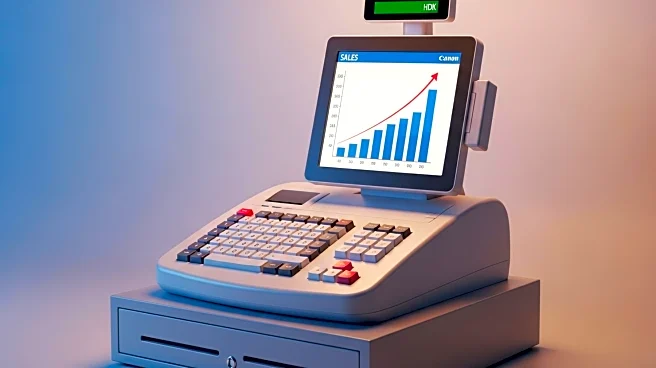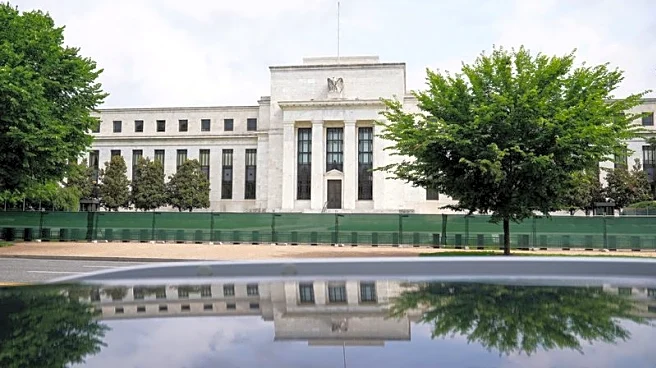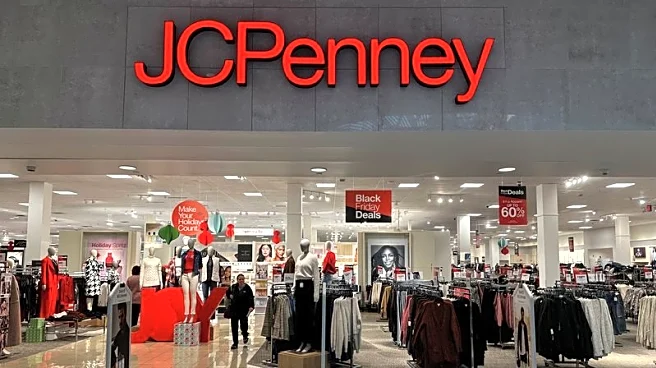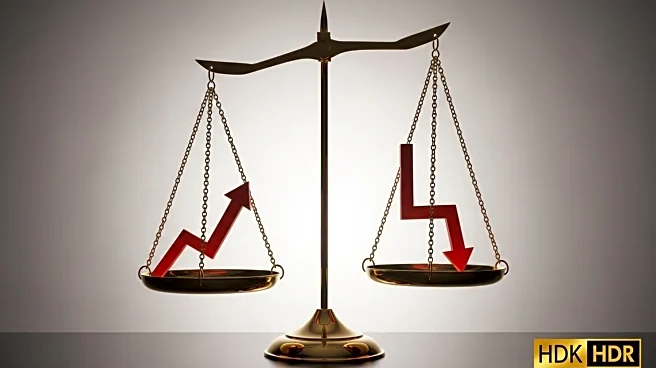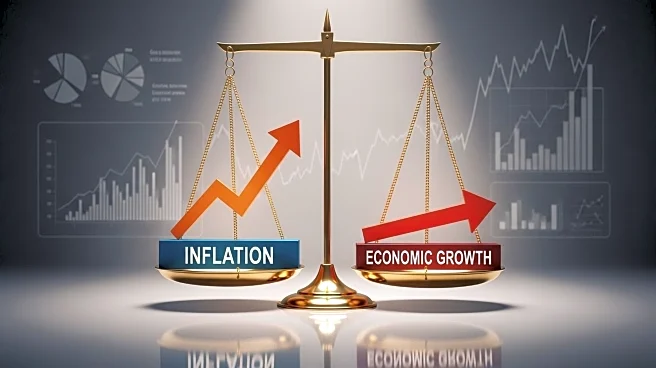What is the story about?
What's Happening?
Retail sales in the U.S. increased by 0.6% in August from July, driven by back-to-school shopping, despite the negative impact of tariffs imposed by President Trump. The tariffs are beginning to affect the job market and lead to price increases. Excluding auto sales, retail sales rose 0.7%, with notable increases in electronics, online retail, and clothing. The data suggests that consumers are still spending, although retailers have absorbed some costs to avoid passing on significant price hikes to consumers.
Why It's Important?
The rise in retail sales indicates consumer resilience in the face of economic challenges posed by tariffs. However, the ongoing price increases and job market strain could eventually dampen consumer spending. Retailers' ability to absorb costs may be limited, potentially leading to higher prices in the future. This situation highlights the complex interplay between trade policies, consumer behavior, and economic stability.
What's Next?
Retailers may need to adjust pricing strategies as they replenish inventory at post-tariff levels. The Federal Reserve's upcoming rate decisions could also influence consumer spending and economic conditions. Monitoring inflation and unemployment trends will be crucial in assessing the long-term impact of tariffs on the retail sector.
AI Generated Content
Do you find this article useful?
